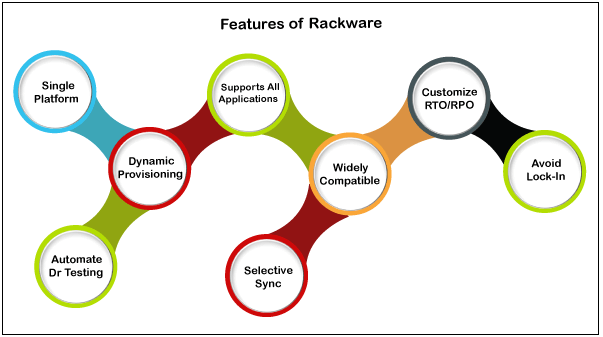Recovery features vary depending on the context in which they are applied, such as data recovery, disaster recovery, system recovery, or application recovery. However, here are some common features that are typically associated with recovery solutions:
-
Backup and Restore:
- Support for creating backups of data, systems, or applications, and restoring them to a previous state in the event of data loss, corruption, or system failure.
-
Point-in-Time Recovery:
- Ability to recover data or systems to specific points in time, allowing users to roll back changes and restore consistency in case of data corruption or accidental deletions.
-
Incremental Recovery:
- Capability to restore data or systems incrementally, by applying only the changes made since the last backup, reducing recovery time and storage requirements.
-
Granular Recovery:
- Granular recovery allows users to recover individual files, folders, or application data without having to restore entire backups, providing flexibility and efficiency in recovery operations.
-
Automated Recovery Processes:
- Automation of recovery processes, such as backup scheduling, data replication, failover, and restoration, to minimize manual intervention and ensure timely recovery.
-
Redundancy and Failover:
- Implementation of redundant systems, infrastructure, or data centers, along with failover mechanisms, to ensure high availability and continuous operation in the event of hardware failures or disasters.
-
Data Integrity Checks:
- Verification mechanisms to ensure the integrity and consistency of recovered data, such as checksums, data validation, and integrity checks, to detect and prevent data corruption or tampering during recovery.
-
Security and Encryption:
- Integration of security features, such as encryption, access controls, and authentication, to protect recovered data and systems from unauthorized access, tampering, or data breaches.
-
Monitoring and Reporting:
- Monitoring tools to track the progress of recovery operations, monitor system health, and generate reports on recovery status, performance metrics, and compliance with recovery objectives.
-
Scalability and Performance:
- Scalable recovery solutions capable of handling growing data volumes, increasing workloads, and ensuring optimal performance during recovery operations.
-
Testing and Validation:
- Facilities for testing and validating recovery plans and procedures through simulated disaster scenarios, ensuring readiness and effectiveness in real-world recovery situations.
-
Integration with Business Continuity Planning:
- Integration with broader business continuity planning processes, including documentation, training, exercises, and coordination with stakeholders, to ensure comprehensive resilience and continuity of operations.
These features contribute to the effectiveness, efficiency, and reliability of recovery solutions in safeguarding data, systems, and applications against disruptions, ensuring business continuity, and minimizing the impact of downtime and data loss.
Thank you,

